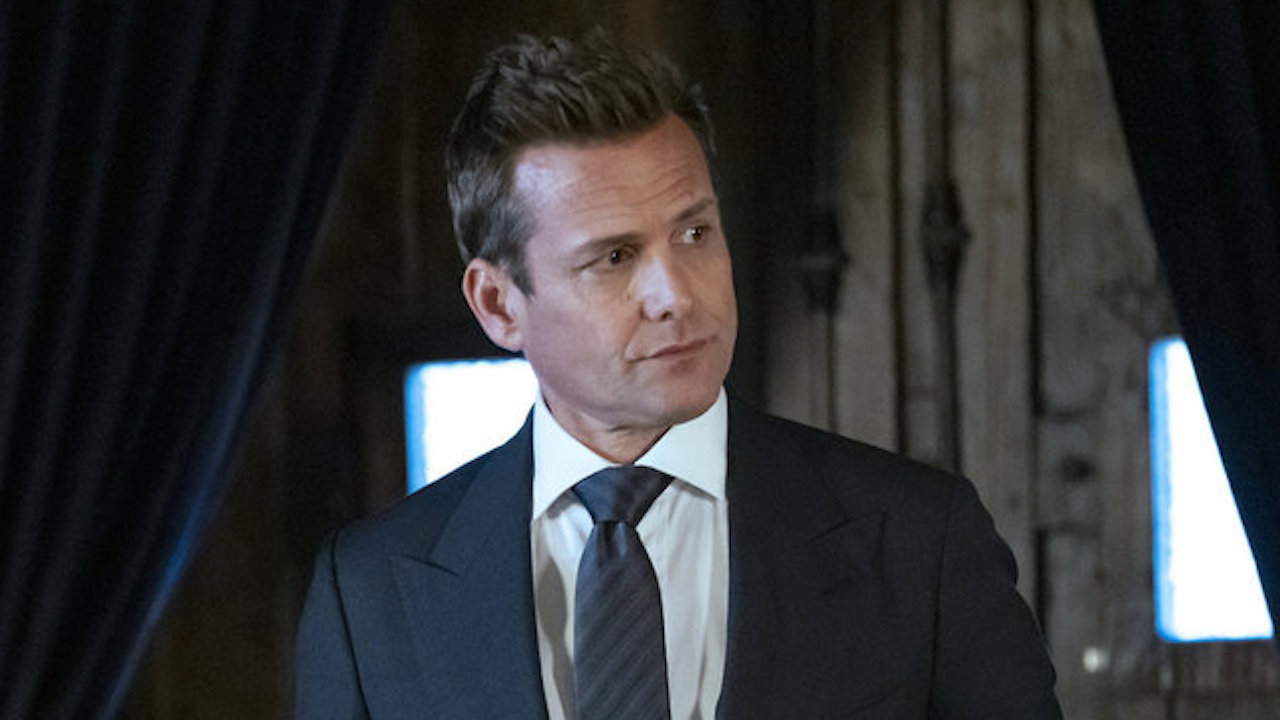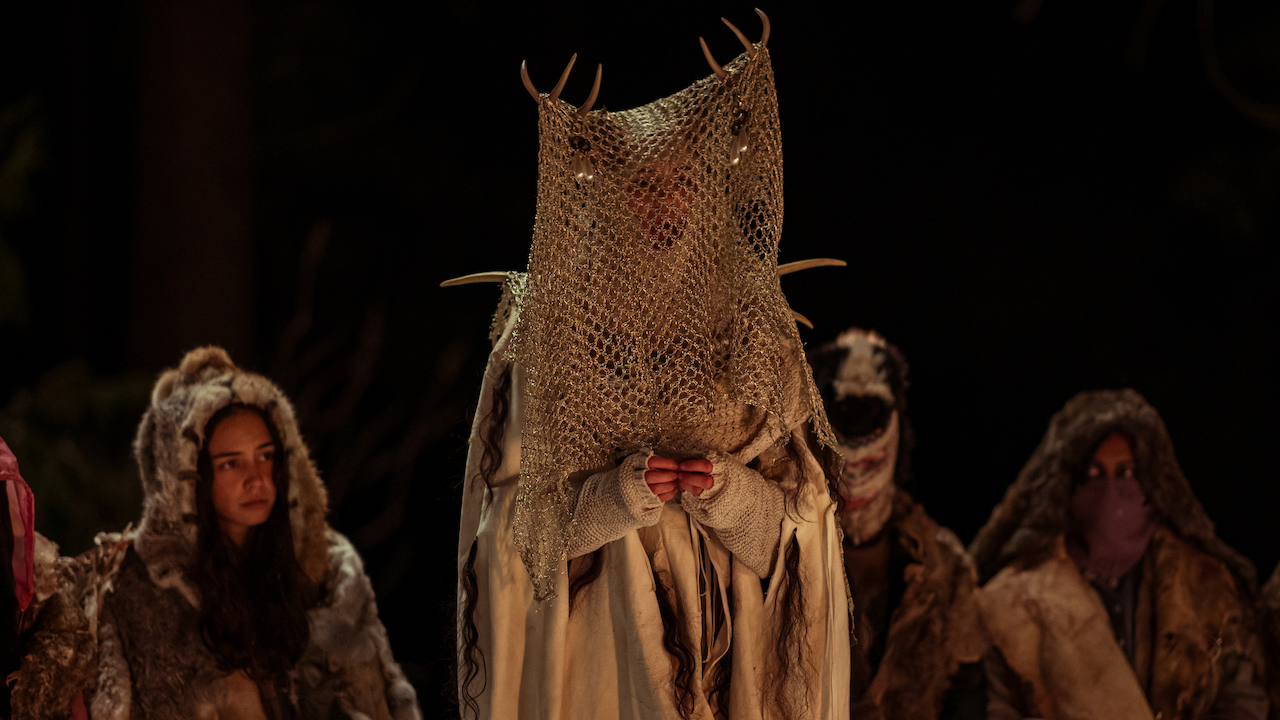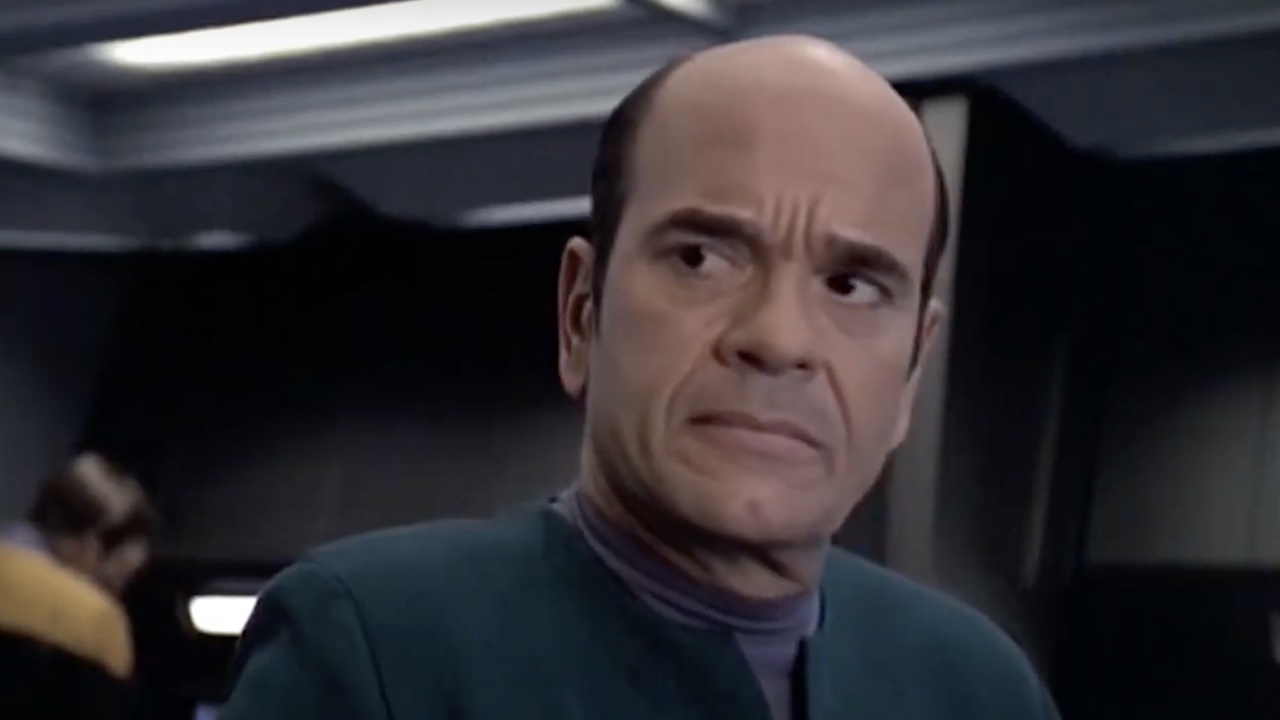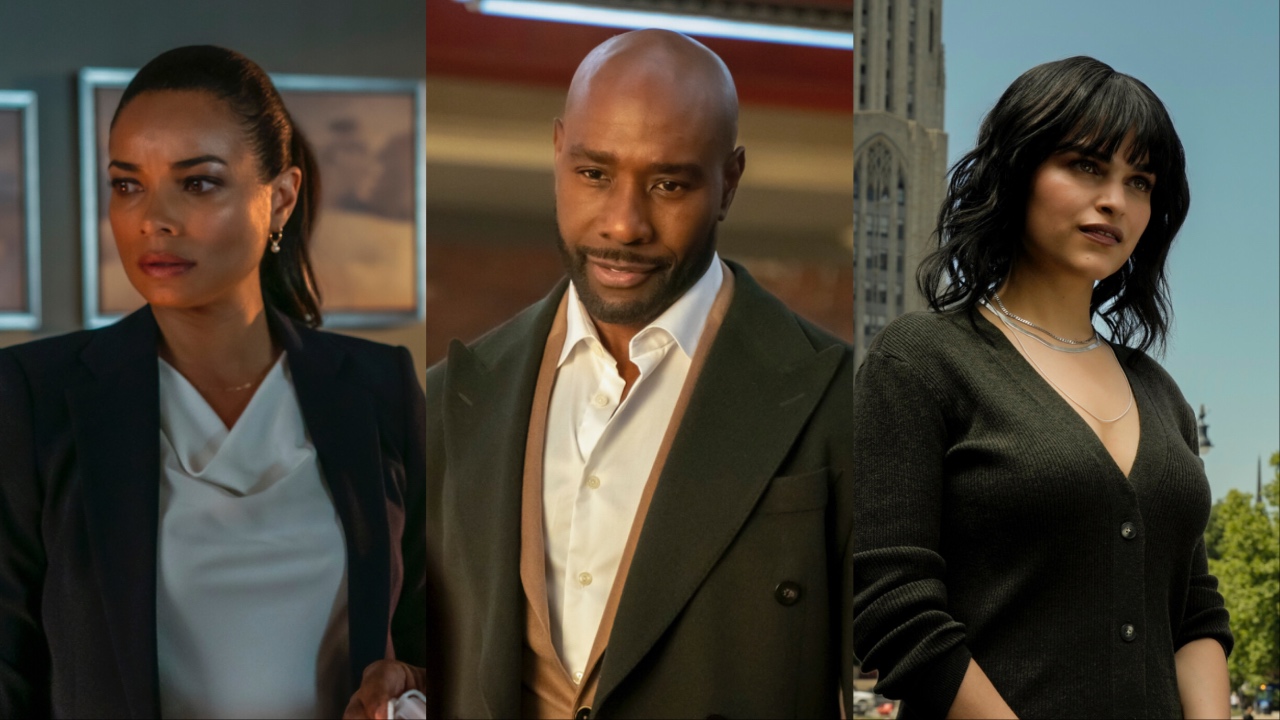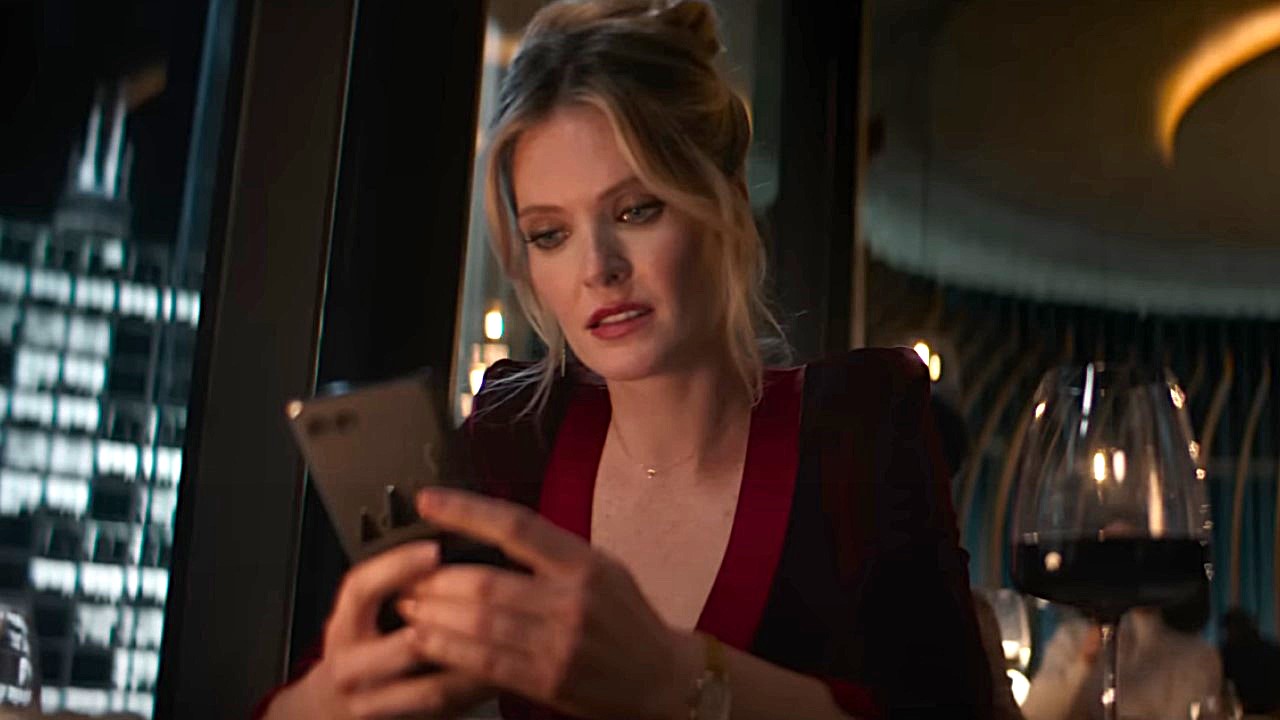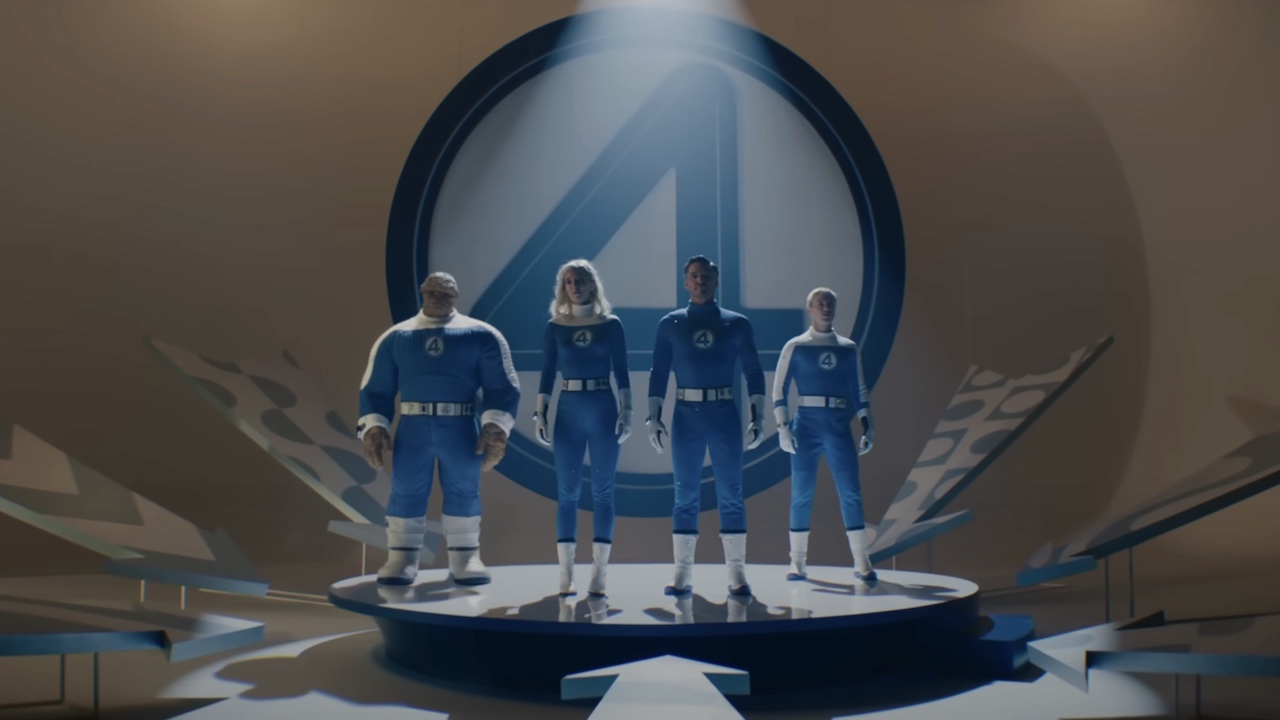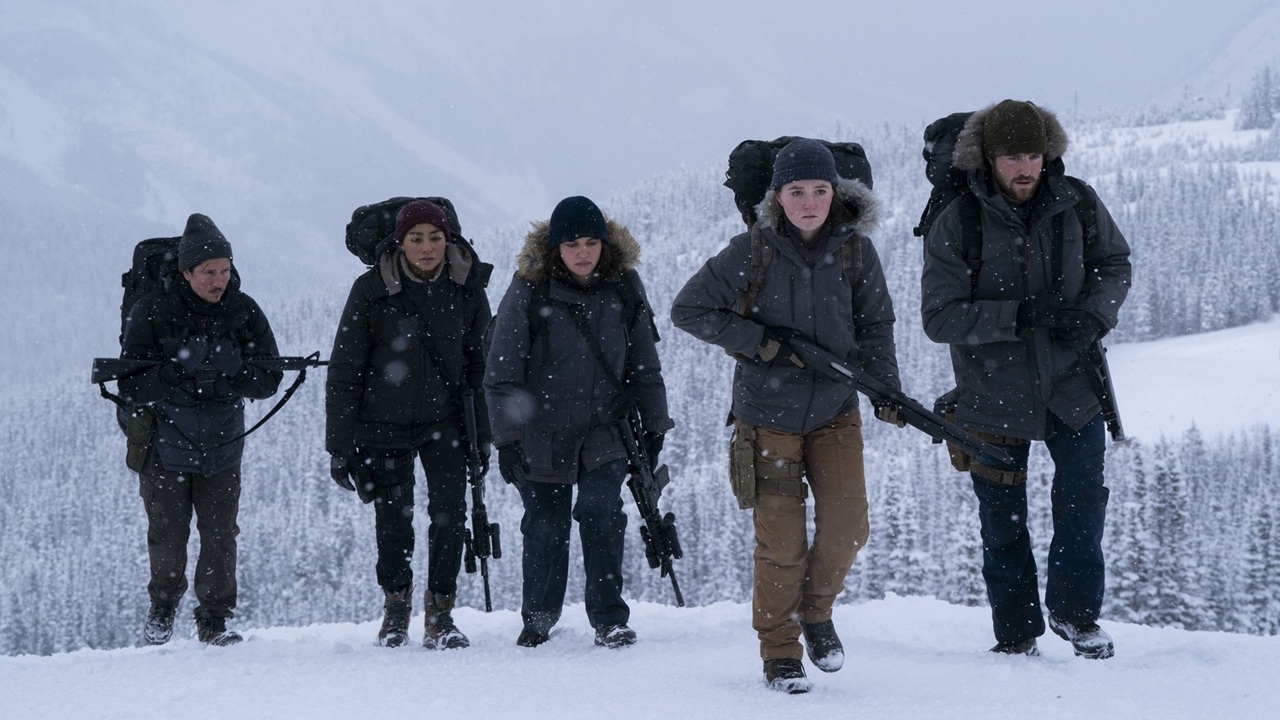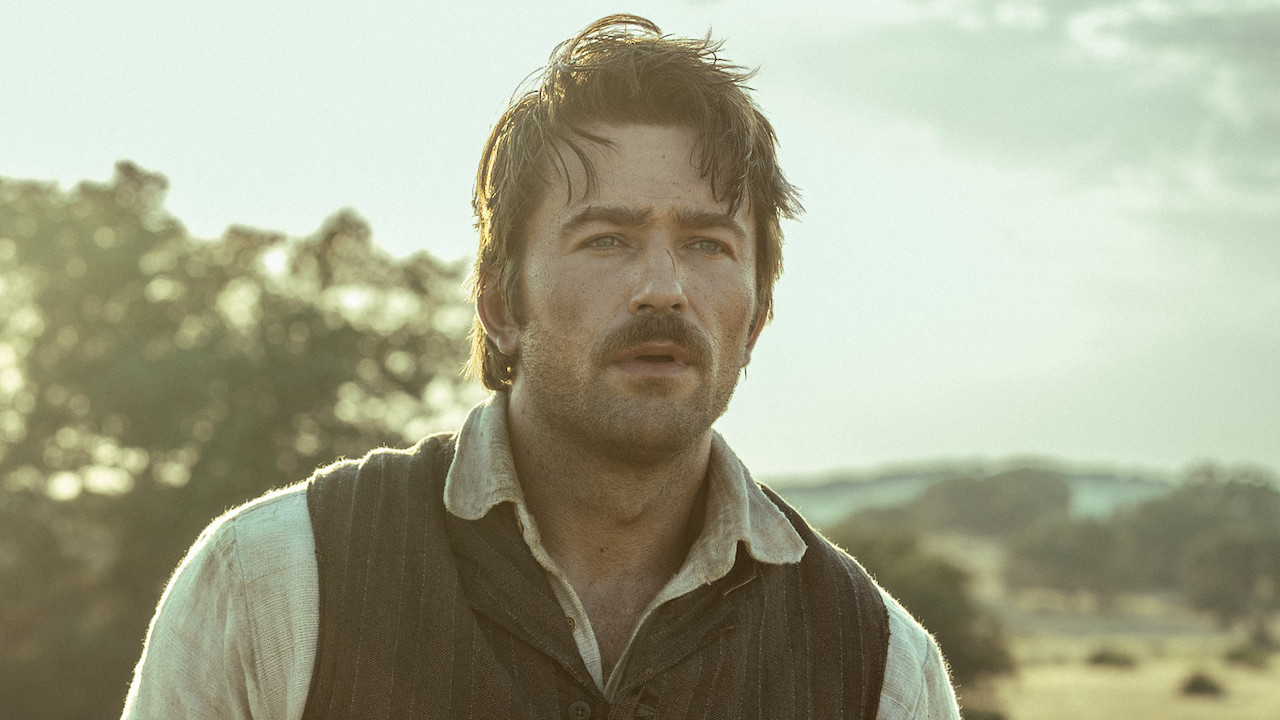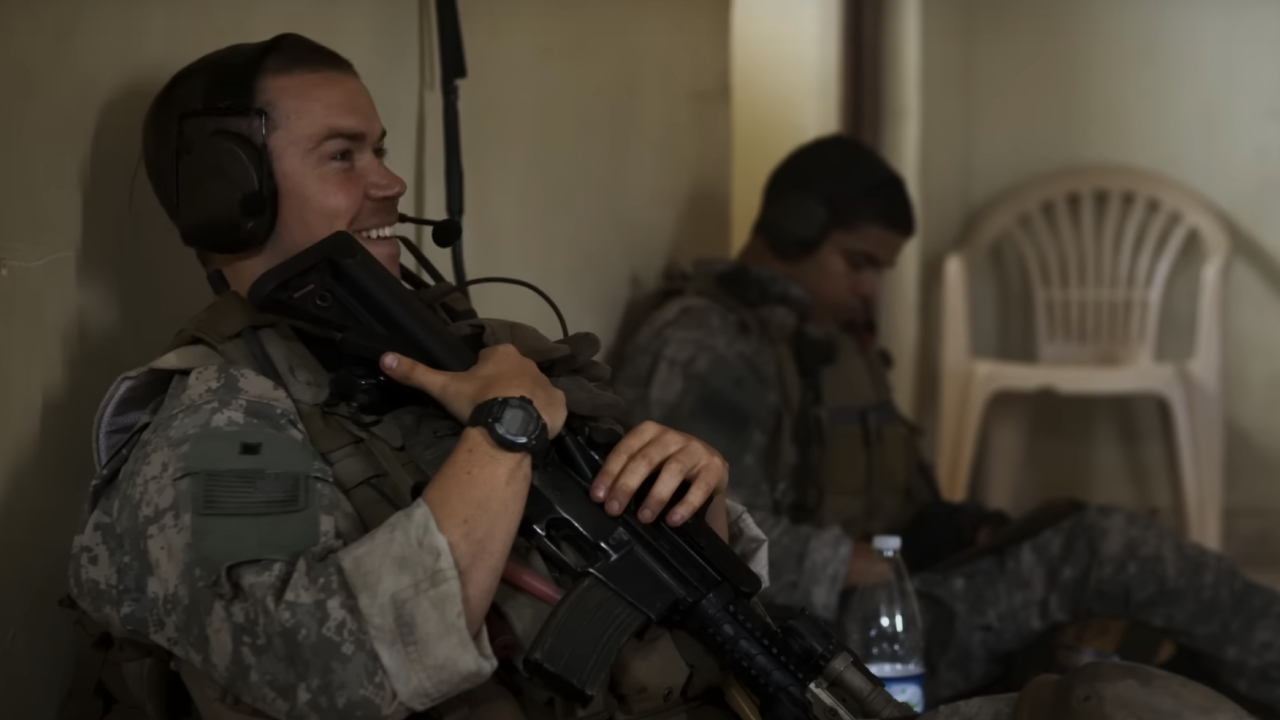6 Things The IT Movie Did Better Than The Miniseries

SPOILER WARNING: The following article contains spoilers about the new adaptation of Stephen King's IT. If you have not yet seen the film, and don't wish to know any specific details before you do, please bookmark this page and save it for later reading!
The 1990 television adaptation of IT is a horror milestone for many of the millennial generation. Anchored by a brilliant and iconic performance by Tim Curry, it's a three hour telling that fully dives into Stephen King's beloved, lengthy tome, and successfully has delivered nightmares to thousands. That being said, it's also an adaptation that many of us look back on with rose-colored glasses, and the reality is that the new film version from director Andres Muschietti is superior in many ways.
We would never want to try and take away anyone's enjoyment of anything, particularly something with as much merit as the TV version of IT, but as both an adaptation and piece of storytelling, the new big screen take does have it beat in many specific areas -- despite what those in our site's TV section may think. But what areas, you ask? Well, let us break it down for you below and on the next few pages...
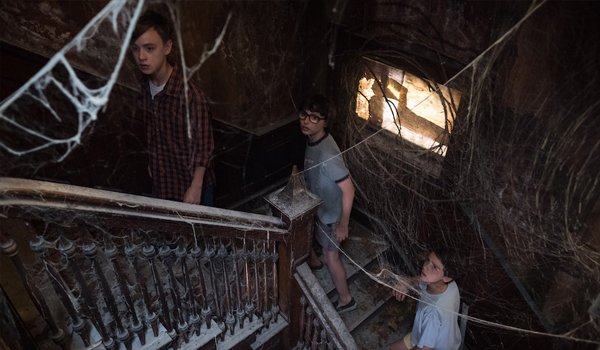
It Lets The Story Breathe
Unlike many adaptations of long stories that get jammed into single, short feature films, the first adaptation of IT made a smart move -- going the television route and guaranteeing some extra real estate where run time was concerned. While a movie at the time would have only promised 90-120 minutes at the time, TV allowed the two-tiered story to be told over three hours. But as this new adaptation helps us really understand, it's still quite not enough to do the narrative justice.
The IT miniseries does a fine job showcasing the members of the Losers Club as kids -- showing us how they bonded and how they defeated Pennywise in the late 1950s -- but it doesn't hold a candle to the treatment provided to the characters in the new film. Sure, some of the leads don't get arcs as strong as some of the others, but there is still a deeper dive allowed for the more significant roles, and it's genuinely refreshing for the narrative that we just get to watch Bill, Eddie, Beverly, Stan, Mike, Richie and Ben as kids and not already have a full understanding of the adults that they grow up to be.
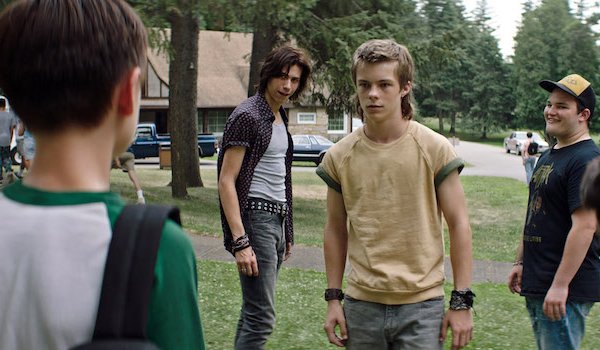
The Depiction Of Derry
Every 27 years, the children of Derry, Maine are preyed upon by the monster presenting itself as Pennywise The Dancing Clown... but those aren't exactly the only years that are affected by the evil's presence in the New England town. Sure, events like the Ironworks explosion and The Black Spot fire happen during those periods, but the reality is that Derry is permanently poisoned by It's presence, including all of the people have spent their lives residing there. We do get a taste of this in the 1990 adaptation, but it's nothing like the buffet featured in the film.
It's an eye roll-worthy cliché to talk about a setting being its own character in a movie, but it's wholly appropriate in the case of Andres Muschietti's film. The Derry in the blockbuster is arguably even more harsh and sinister than the one in Stephen King's book -- present from the beginning when Georgie's death is entirely ignored by a neighbor. You can see the underlying ugliness in the town represented in basically every adult character, and it's a wonderfully toxic atmosphere that the TV adaptation just doesn't possess.
CINEMABLEND NEWSLETTER
Your Daily Blend of Entertainment News
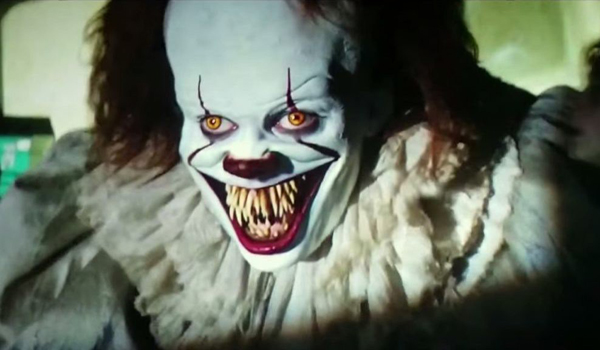
Pennywise's Physical Attacks
The unquestionably faultless aspect of the IT miniseries is the performance by Tim Curry as Pennywise, which is an all-timer that we will most certainly not forget -- even in the wake of Bill Skarsgard's fantastic turn. If there is one serious limitation to the character on the small screen, however, it's that there really isn't the proper budget to show his monstrous form properly. As such, what we're left with is shots of Curry sporting some crazy fangs and contacts lunging at the camera. In short, the film version offers us a lot more.
Andres Muschietti's IT was made with a reported $35 million budget, and you can clearly see that an appropriate portion of that went towards making the titular monster's truest forms seriously horrifying. It starts with Pennywise taking a massive bite out of Georgie, but it continues through his projector screen attack in the garage to the Deadlights demonstration in the sewer with Bev. Visual effects technology has come a long way since 1990, and it has allowed the creation of an It just as scary as it reads in the books (though just imagine what's being held back for IT: Chapter 2).
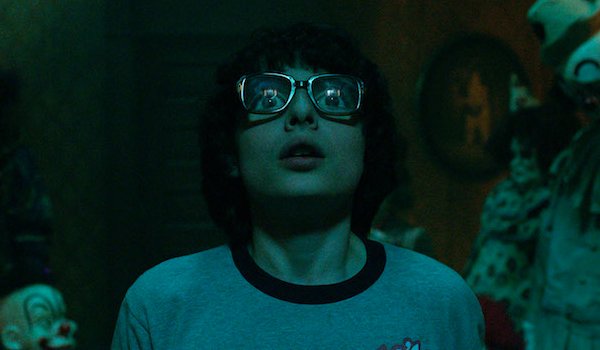
Violence And Language
You know what's weirdly fun? Hearing kids say 'Fuck.' It's fun to read it in the pages of Stephen King's novel, and it is funny to hear come out the mouths of Finn Wolfhard, Jaeden Leiberher, Sophia Lillis and the others on the big screen. Because we all know that normal kids curse every day in real life, it's nice to see the realism that exists in it represented in fiction. Of course, this is a part of real life that has been ignored by network television for decades, and ultimately gives Andres Muschietti's R-rated feature a significant edge over the miniseries.
The enhancement from the R-rating isn't limited to the language, however, as the realistic violence in the film also gives it a legitimate edge in the horror department over the TV version. There's only so much of Pennywise mauling young Georgie that could be broadcast on the small screen, but the big screen adaptation is absolutely vicious -- not only showing It's horrific chomp, but also the boy trying to crawl away with a bloody stump where his arm was before being dragged down to the sewer. It adds an important intensity that the miniseries just could never have had.
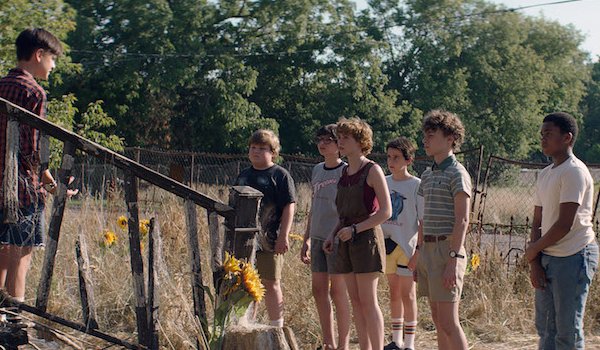
The Casting Of The Losers Club
While we won't be settling the Tim Curry vs. Bill Skarsgard debate here, we are willing to make the definitive ruling in regards to the young ensembles that both the IT film and miniseries put together. And while it's great that the latter brought us a young Seth Green as Richie and memorable turn from Jonathan Brandis as Stuttering Bill, the truth is that the movie brings together a young ensemble that will be remembered for years.
As alluded to, Stan and Mike don't quite get the same level of character exploration as Bev, Bill, Ben, and Eddie in the film, but the ensemble that IT puts together is arguably the feature's greatest strength (which is saying a lot). Wyatt Oleff and Chosen Jacobs are certainly memorable in their respective roles (we hope for a lot more in IT: Chapter 2), but the lineup of Sophia Lillis, Jaeden Lieberher, Jack Dylan Grazer, Jeremy Ray Taylor and Finn Wolfhard are just outstanding with the faithful and often enhanced material presented. We will not quickly be forgetting Tim Curry's Pennywise, but this will become pop culture's true vision of The Losers Club.

The Depiction Of The Time Period
The most significant change made from Stephen King's original novel in Andres Muschietti's IT is the change of setting -- moving the kids-centric part of the narrative from 1958 to 1989. It's a major difference between the new movie and the original miniseries (which maintained the '50s period), but as far as capturing the spirit of the era, the film is much better.
Because the miniseries jams together the entirety of King's book, it's somewhat handicapped in this department working to depict two different time periods -- but that doesn't change the fact that the IT film is still a lot better at taking us back to a bygone era. Andres Muschietti takes clear inspiration from Amblin filmmaking that adds an important accuracy to the adaptation, and uses it to kick into high gear a key nostalgia element that is essential to the larger story being told. One of the most curious aspects of the upcoming sequel will be seeing how it treats the contrast between the world then and now, but for now what we have is an impressive look back at the past packaged inside a well-designed horror film.

Eric Eisenberg is the Assistant Managing Editor at CinemaBlend. After graduating Boston University and earning a bachelor’s degree in journalism, he took a part-time job as a staff writer for CinemaBlend, and after six months was offered the opportunity to move to Los Angeles and take on a newly created West Coast Editor position. Over a decade later, he's continuing to advance his interests and expertise. In addition to conducting filmmaker interviews and contributing to the news and feature content of the site, Eric also oversees the Movie Reviews section, writes the the weekend box office report (published Sundays), and is the site's resident Stephen King expert. He has two King-related columns.


